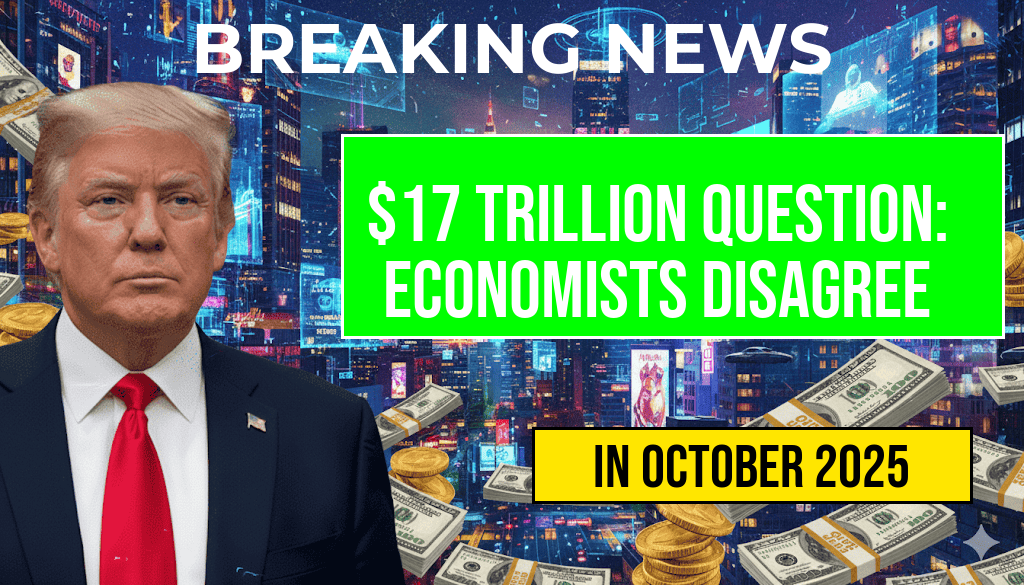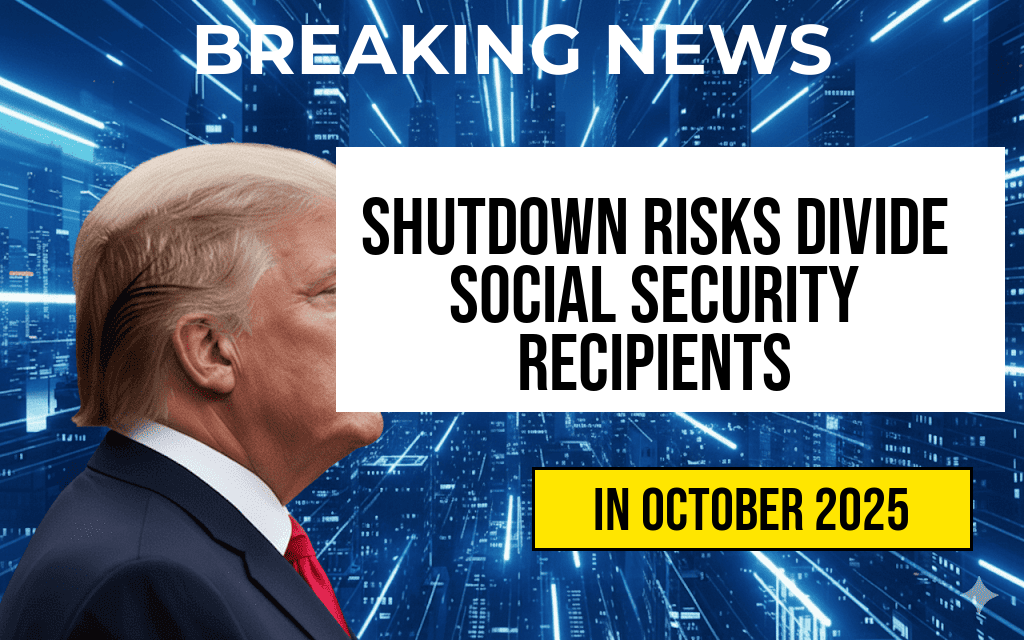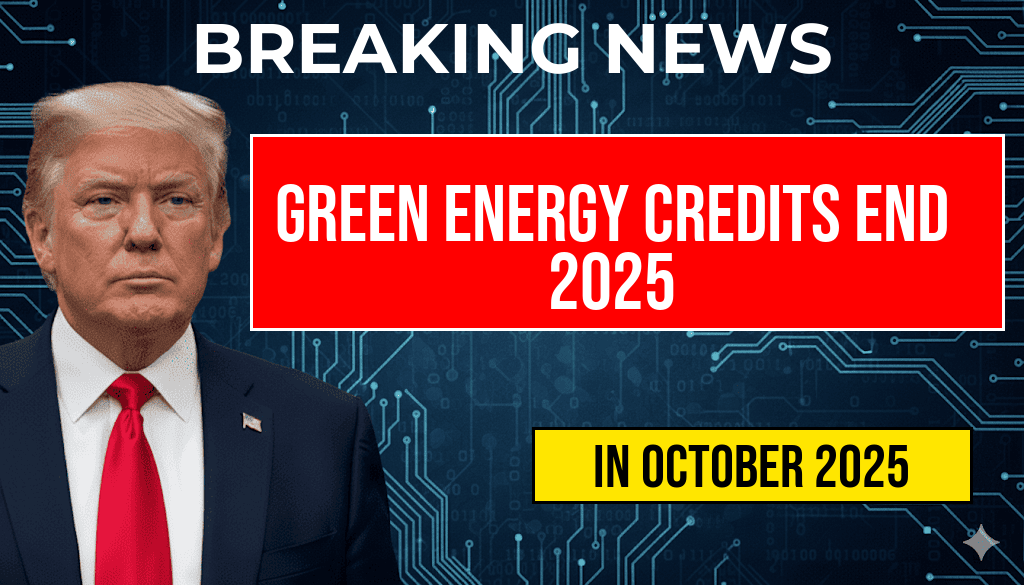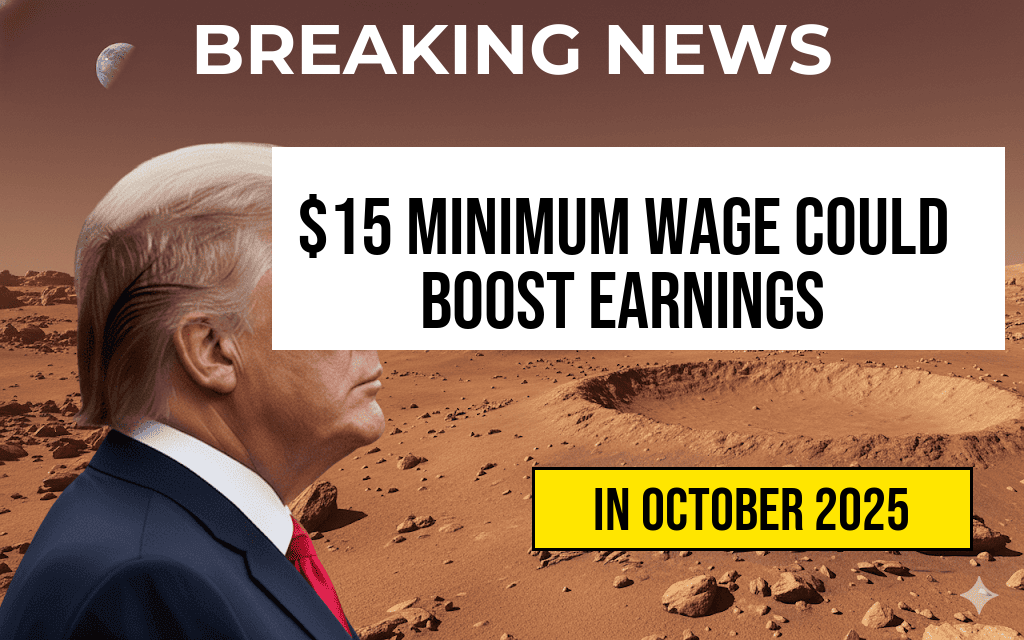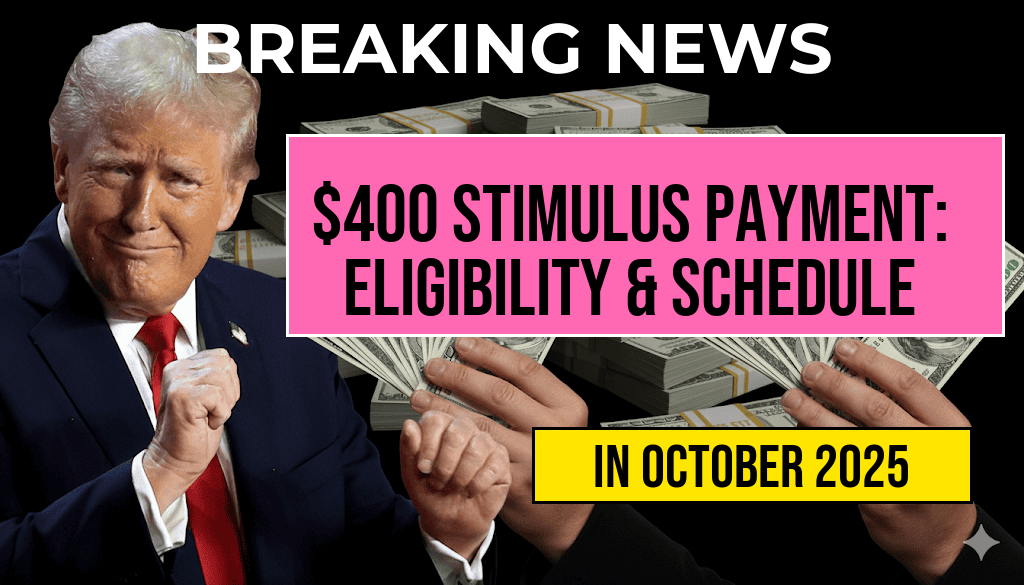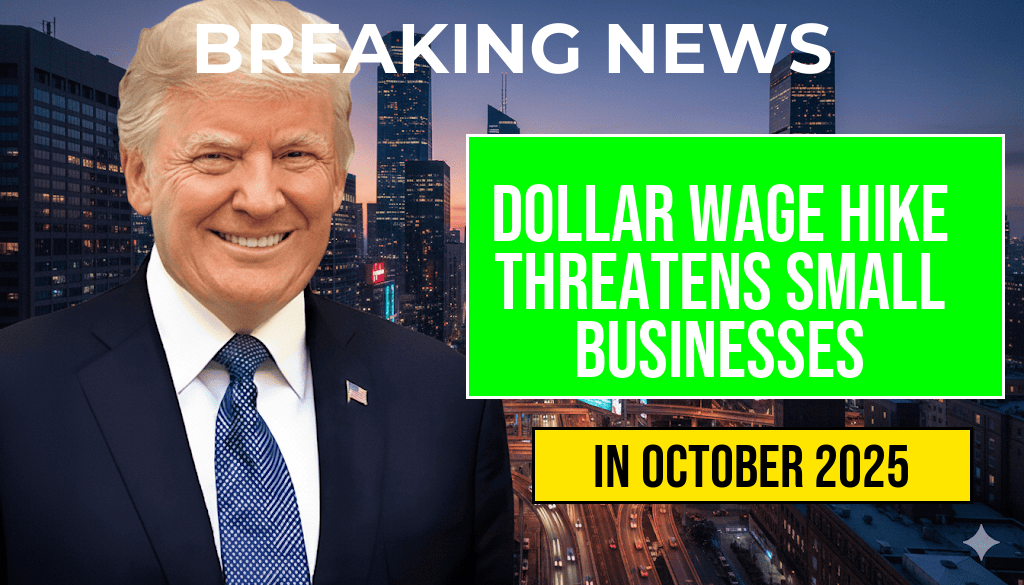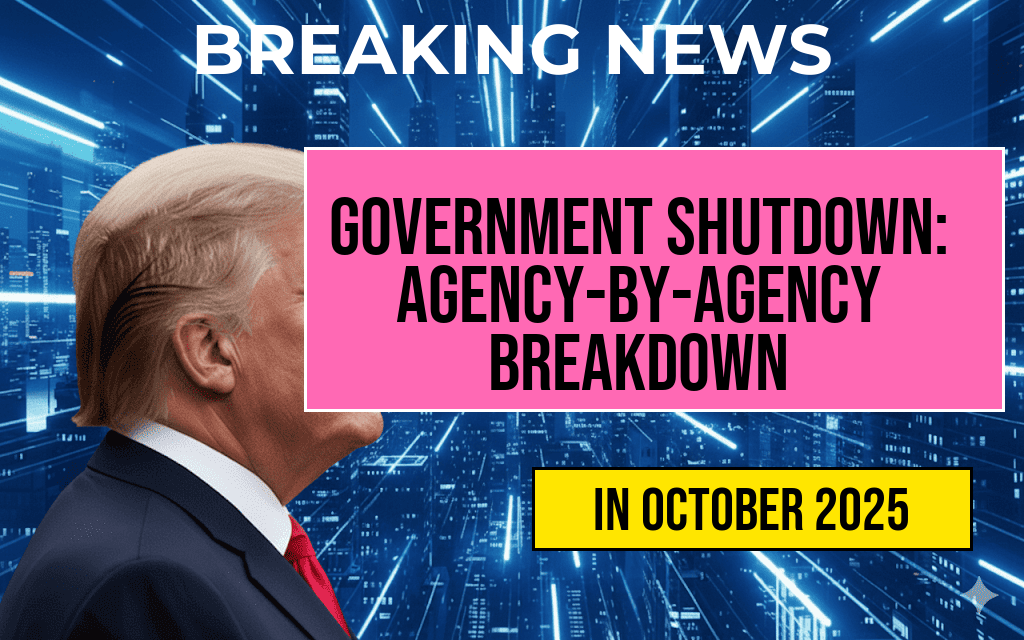Amid ongoing debates about the scale of former President Donald Trump’s global financial influence, estimates of his international investments have sparked fierce discussion among economists and analysts. Trump’s supporters cite figures suggesting he has committed approximately $17 trillion in global assets and investments, positioning him as a formidable economic figure on the world stage. Critics, however, question the accuracy and transparency of these estimates, arguing that the figures may be inflated or based on incomplete data. As the debate unfolds, the core issue revolves around the reliability of publicly available financial disclosures, the methods used to compile these figures, and the broader implications for understanding the true scope of Trump’s international economic footprint.
How Are Trump’s Global Investment Figures Calculated?
Estimating the size of an individual’s or a company’s international investments involves a complex process that combines multiple data sources, including publicly disclosed financial statements, real estate holdings, business interests, and indirect assets. For Donald Trump, much of the publicly available data stems from his extensive real estate portfolio, licensing agreements, and branding deals across numerous countries. However, many analysts argue that these figures often exclude privately held assets or liabilities, leading to potential underestimations or overestimations.
Some estimates, including those cited by supporters, incorporate not only tangible assets like real estate but also intangible assets such as licensing rights, branding, and potential future revenues. These calculations often rely on proprietary models or third-party analysis, which can vary significantly in methodology. Critics point out that without full access to Trump’s private financial disclosures—some of which remain confidential—the true scope of his international investments remains difficult to verify with precision.
The Controversy Over the $17 Trillion Estimate
The $17 trillion figure gained prominence through a combination of conservative estimations and speculative analysis by financial commentators and think tanks sympathetic to Trump. Proponents argue that this figure reflects the aggregate value of all assets, including real estate holdings, licensing deals, and business ventures outside the United States, asserting that it underscores Trump’s significant economic influence globally.
Opponents, on the other hand, contend that such estimates are overly optimistic or not grounded in verified data. They suggest that the figure may include projected earnings or hypothetical valuations rather than concrete assets. Some experts warn that conflating potential revenue with actual holdings can distort the true scale of Trump’s international financial footprint.
Economists Clash Over Methodologies and Implications
Supporters’ Perspective
- Argue that the $17 trillion estimate is a reasonable aggregation of Trump’s known assets, licensing agreements, and branding rights worldwide.
- Emphasize that Trump’s extensive real estate holdings in countries like the United Kingdom, India, and Turkey contribute significantly to this valuation.
- Highlight that the figure underscores the scale of Trump’s influence and the potential economic impact of his business empire globally.
Critics’ Perspective
- Point out that the estimate lacks transparency, with limited access to detailed financial disclosures.
- Argue that the figure likely inflates actual assets by including projected or hypothetical valuations.
- Warn that such estimates could mislead the public and policymakers about the true nature of Trump’s international economic ties.
Implications for Global Economics and Policy
| Source | Estimated Value | Methodology Notes |
|---|---|---|
| Supporters’ Estimate | $17 trillion | Aggregates known assets, licensing, and branding agreements |
| Critics’ Estimate | Unspecified / Lower | Based on publicly disclosed assets and verified holdings only |
The divergence in these figures reflects broader questions about transparency and accountability in assessing the influence of high-profile business figures. For policymakers, understanding the true scale of Trump’s investments could influence negotiations on trade, foreign investment, and international relations, especially if his assets are intertwined with geopolitical interests.
Looking Ahead: Transparency and Verification Challenges
As legal and financial scrutiny intensifies, especially with ongoing investigations and potential disclosures, the true extent of Trump’s international investments may become clearer. However, the lack of comprehensive transparency remains a core obstacle. Financial experts continue to call for standardized reporting and independent audits to accurately gauge the economic footprint of individuals with substantial global assets.
In the meantime, debates over the $17 trillion figure highlight the challenges inherent in quantifying the influence of a modern-day business magnate whose assets span multiple jurisdictions and sectors. Whether viewed as an impressive testament to his business acumen or an inflated estimate, the figure underscores the complexity of assessing the financial power wielded by influential figures in the global economy.
For further information on international assets and financial disclosures, see Financial Disclosure and Forbes’ coverage of business assets.
Frequently Asked Questions
What are the main estimates of Trump’s global investment figures discussed in the article?
The article analyzes various estimates, with some economists suggesting $17 trillion in global investments linked to Trump’s policies, while others question the accuracy and methodology behind these figures.
Why do economists clash over Trump’s estimated investment impact?
Economists clash due to differing interpretations of data, varying assumptions about policy effects, and the challenges in attributing global investment changes directly to Trump’s actions.
What is the significance of the $17 trillion figure mentioned in the article?
The $17 trillion figure represents a controversial estimate of the global investment impact attributed to Trump’s policies, sparking debate over its validity and implications for the world economy.
How do different economists justify their positions on Trump’s investment influence?
Some economists cite economic data and policy analysis to support their claims, while others highlight methodological limitations and question whether the figures accurately reflect causation.
What are the potential implications of these conflicting estimates for policy makers and investors?
The conflicting estimates can influence policy decisions and investor confidence by shaping perceptions of Trump’s economic impact and the future trajectory of global investments.

